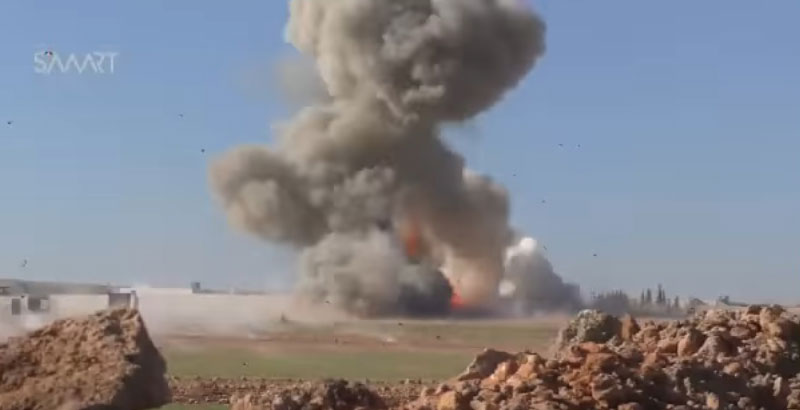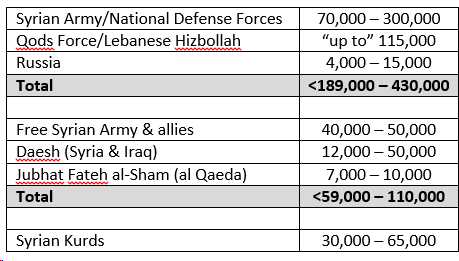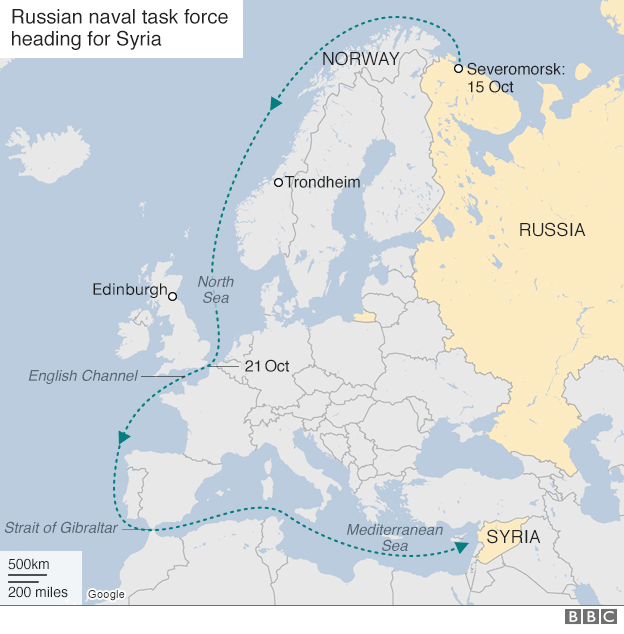
General of the Army Valery Gerasimov, Chief of the General Staff of the Armed Forces of Russia, provided detailed information on Russian military operations in Syria in an interview published in Komsomolskaya Pravda on the day after Christmas.
Maxim A. Suchkov, the Russian coverage editor for Al-Monitor, provided an English-language summary on Twitter.
THREAD: 1. (Almost) Everything you wanted to know about #Russia‘s military operation in #Syria. Rus Chief of General Staff Army Gen. Valery Gerasimov reveals sensational details @kpru. I summarized major points in ENG: pic.twitter.com/QQblAwOJlX
— Maxim A. Suchkov (@MSuchkov_ALM) December 27, 2017
While Gerasimov’s comments should be read critically, they do provide a fascinating insight into the Russian perspective on the intervention in Syria, which has proved remarkably successful with an economical investment in resources and money.
Gerasimov stated that planning for Russian military operations used Operation Anadyr, the secret deployment of troops and weapons to Cuba in 1962, as a template. A large-scale deployment of ground forces was ruled out at the start. The Syrian government army and militias were deemed combat-capable despite heavy combat losses, so the primary supporting tasks were identified as targeting and supporting fires to disrupt enemy “control systems.”
The clandestine transfer of up to 50 Russian combat aircraft to Hmeimim Air Base in Latakia, Syria, began a month before the beginning of operations in late-September 2015. Logistical and infrastructure preparations took much longer. The most difficult initial challenge, according to Gerasimov, was coordinating Russian air support with Syrian government ground forces, but it was resolved over time.
The Russians viewed Daesh (ISIS) forces battling the Syrian government as a regular army employing combat tactics, fielding about 1,500 tanks and 1,200 artillery pieces seized from Syria and Iraq.
While the U.S.-led coalition conducted 8-10 air strikes per day against Daesh in Syria, the Russians averaged 60-70, with a peak of 120-140. Gerasimov attributed the disparity to the fact that the coalition was seeking to topple Bashar al-Assad’s regime, not the defeat of Daesh. He said that while the Russians obtained cooperation with the U.S. over aerial deconfliction and “de-escalation” in southern Syria, offers for joint planning, surveillance, and strikes were turned down. Gerasimov asserted that Daesh would have been defeated faster had there been more collaboration.
More controversially, Gerasimov claimed that U.S.-supported New Syrian Army rebel forces at Al Tanf and Al-Shaddidi were “virtually” Daesh militants, seeking to destabilize Syria, and complained that the U.S. refused Russian access to the camp at Rukban.
According to Russian estimates, there were a total of 59,000 Daesh fighters in September 2015 and that 10,000 more were recruited. Now there are only 2,800 and most militants are returning to their home countries. Most are believed heading to Libya, some to Afghanistan, and others to Southwest Asia.
Gerasimov stated that Russia will continue to deploy sufficient forces in Syria to provide offensive support if needed and the Mediterranean naval presence will be maintained. The military situation remains unstable and the primary objective is the elimination of remaining al Nusra/Hay’at Tahrir al-Sham (al Qaida in Syria) fighters.
48,000 Russian troops were rotated through Syria, most for three months, from nearly 90% of Russian Army divisions and half of the regiments and brigades. 200 new weapons were tested and “great leaps” were made in developing and using drone technology, which Gerasimov deemed now “integral” to the Russian military.
Gerasimov said that he briefed Russian Defense Minister Sergei Shoigu on Syria twice daily, and Shoigu updated Russian President Vladimir Putin “once or twice a week.” All three would “sometimes” meet to plan together and Gerasimov averred that “Putin sets [the] goals, tasks, [and] knows all the details on every level.









